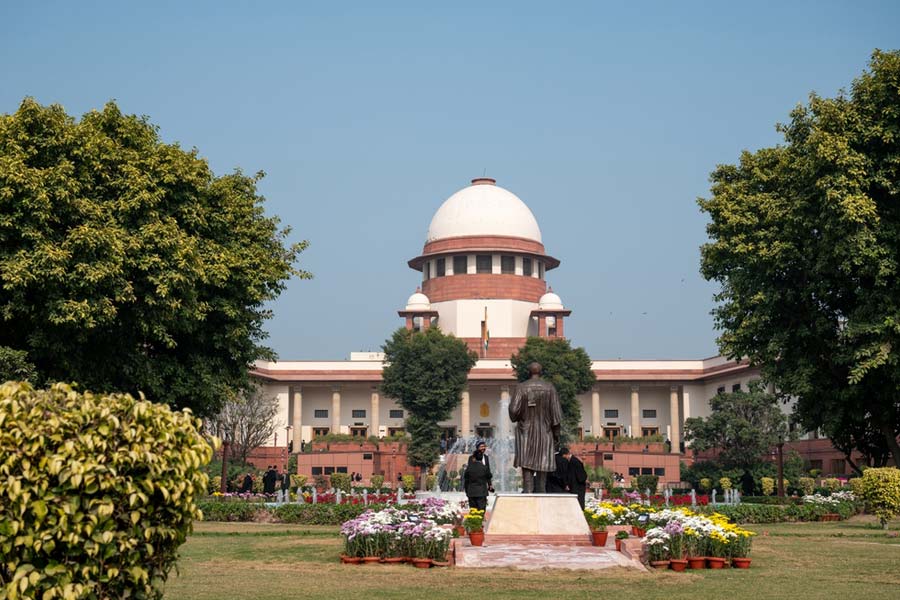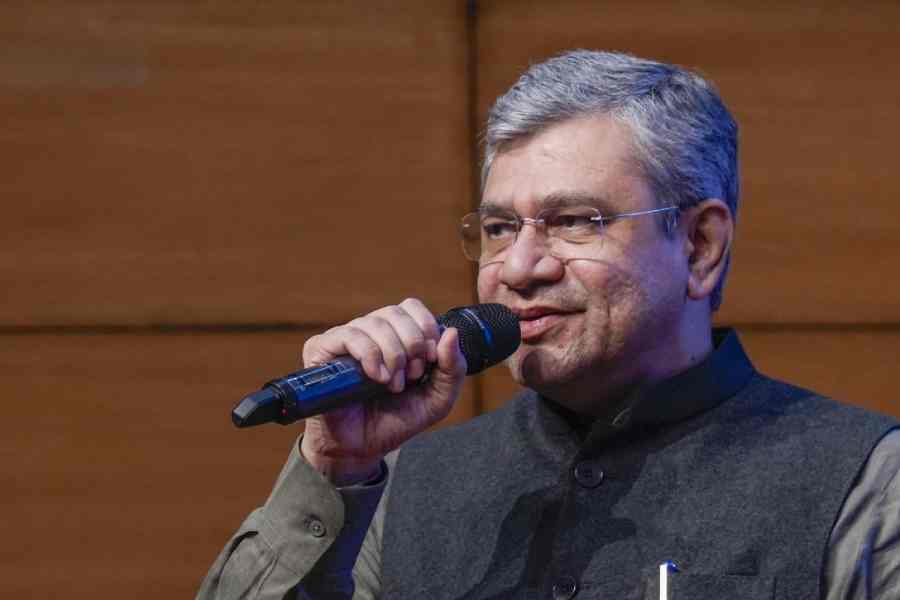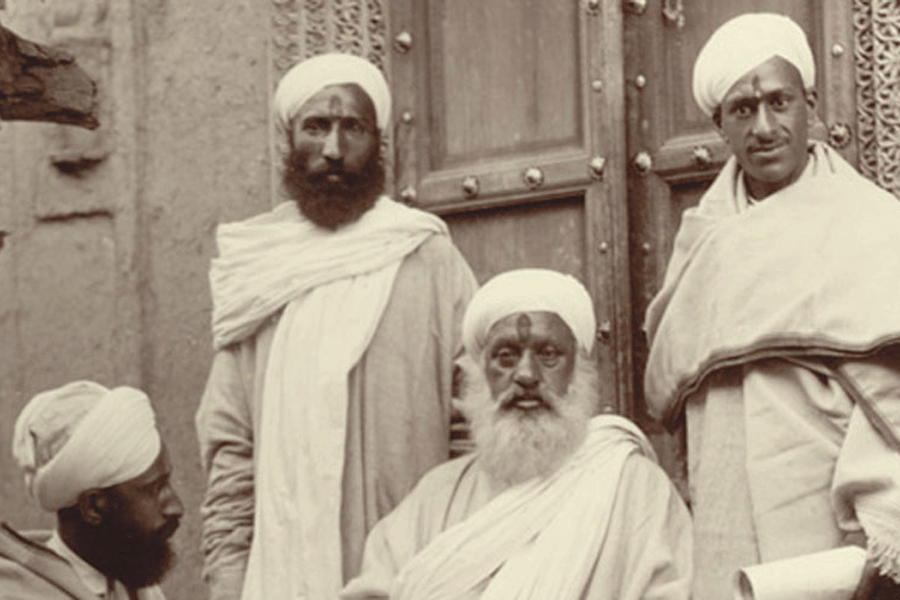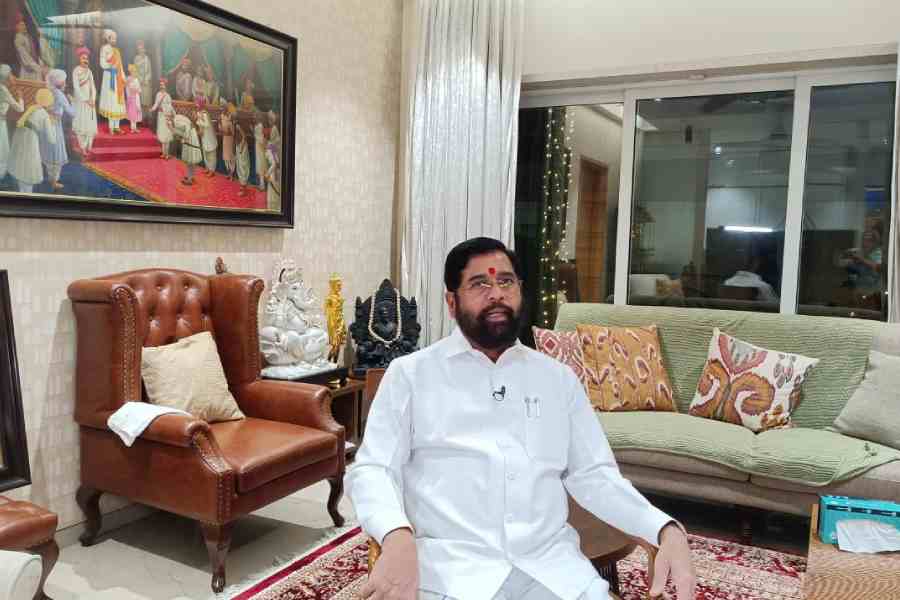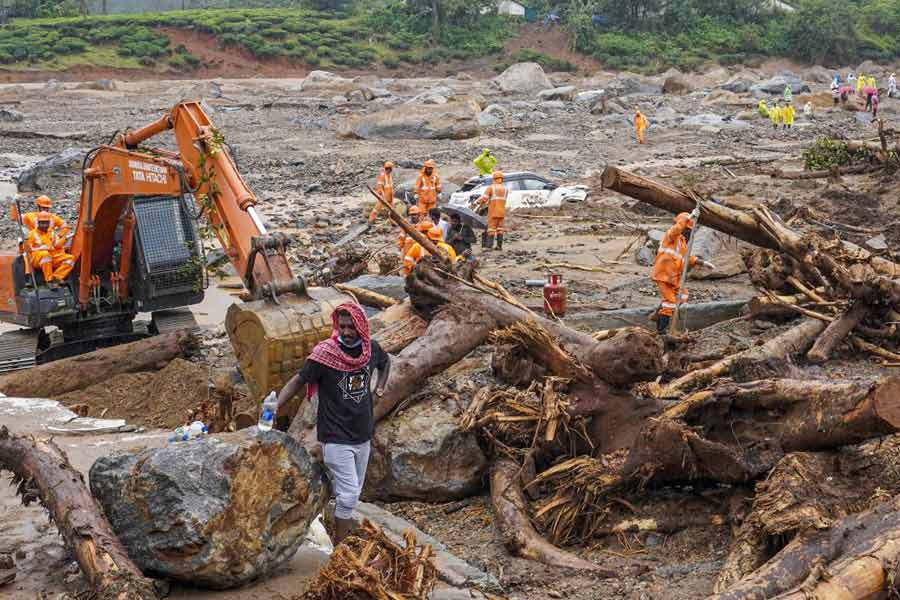Sahiyas, women healthcare workers at the rural level who are on the frontlines of the state’s battle against the novel coronavirus pandemic, do not have even basic protective gear.
Sahiyas have helped the state in not only identifying the over 29,000 migrant workers who have come back home, jobless and helpless, but are also helping district disease surveillance units and district-level rapid action task forces in tracking each of the workers during the mandatory 14-day home quarantine period.
It is the sahiyas’ duty to ensure these workers follow quarantine norms, and to report to health authorities if any worker develops symptoms of Covid-19.
But forget personal protective equipment (PPE), the state’s more than 40,000 sahiyas don’t even have triple-layered mask or gloves that are required for “low-risk” health workers as per Union health ministry guidelines.
The Telegraph on Friday met a sahiya, Nandini Mahato, 34, a resident of Hurlung Basti under Birsanagar police station in Jamshedpur block of East Singhbhum district, nearly 22km from the city.
“We were called by our medical officer-in-charge on March 23 and asked to collect information about migrant workers and other people who have come to the village from other states,” Nandini said. “We had to get in touch with the villagers collect information and visit the homes of those persons who had come from outside, take down their names, contact numbers, date when they arrived, states from where they had come. We also had to note down the address of where they are staying and enter it in a register and submit it to our department.”
Nandini, whose husband is an Ayurveda practitioner, said each sahiya was given three masks (simple surgical ones) by the department.
“We have been seeing on TV about the novel coronavirus and also reading in the newspaper about how it has spread in the world and how the number of cases is rising each day in India. We were afraid and asked our block coordinator to arrange for gloves and sanitizers at least, but so far we have received only assurances,” she said.
“We still have to roam around villages with our poor quality mask and only after returning home can we wash hands properly using soap as it is difficult to find sanitizers.”
She gets Rs 2,000 per month. Her usual work entails maintaining and updating registers on pregnant women, immunisation roster of children, eligible couples, information register for pre-immunisation, and village health sanitation and nutrition.
“We are also paid incentives for institutional deliveries (in government hospitals), prenatal and postnatal care of women, newborn and young child care (including vaccinations) and tubectomy operations for men and women. However, it is only incentive and varies depending on the situation and is too less to depend upon,” said Nandini.
The health ministry guidelines had stated that “low risk” health workers like those stationed on health desks providing information should have triple-layered medical masks and gloves. A triple-layer medical mask is disposable, fluid resistant, and provides protection to the wearer from droplets of infectious material emitted during coughing, sneezing and talking of patients with respiratory diseases such as Covid-19.
As per the ministry guidelines, personal protective equipment or PPE consists of goggles, face-shield, mask, gloves, coverall or gown (with or without an apron), head cover and shoe cover. PPE is meant for those attending to critically ill patients who have been bracketed in the high risk category.
The sahiya, also known as accredited social health activist or ASHA, is a key component of the the National Health Mission (NHM)’s community process intervention.
“Each sahiya has been asked to not only track both in the morning and in the evening the workers to see if they have developed any symptoms for Covid-19 but also inquire if the workers had violated home quarantine norms,” said Shishir Mahato, Jamshedpur block coordinator of sahiyas.
State health minister Banna Gupta admitted the resource crunch. “I am aware of the role played by our sahiya sisters,” the minister said. “We have placed our requisition to the Union health ministry on PPE. I had again made a request to the Union health minister (Harsh Vardhan) during video conference yesterday (Thursday) about crisis of PPE. I would like to assure sahiya sisters that the government would soon provide them basic items.”
Shailesh Chourasia, state mission director the NHM, said they were trying to tie up with private suppliers for masks, gloves and sanitizers for sahiyas.


